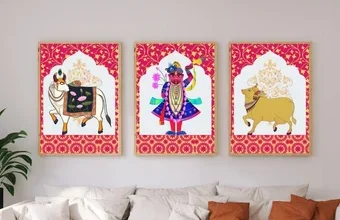Flower:3bi7an14v9o= Drawing

The art of flower drawing serves as a profound intersection of aesthetic appeal and rich symbolism, inviting artists to engage with both personal expression and cultural narratives. By employing various techniques, from traditional watercolor to contemporary digital formats, creators can capture the unique essence of each bloom. However, the true depth of this art form lies in the intricate meanings associated with different flowers and their arrangements. As we explore the nuances of flower illustrations, one must consider how these elements interact to evoke emotions and convey messages that resonate across diverse audiences.
Origins of Flower Drawing
The origins of flower drawing can be traced back to ancient civilizations, where the depiction of flora served both aesthetic and practical purposes.
Historical influences shaped these early illustrations, often reflecting cultural significance in rituals and daily life. Flowers symbolized beauty, fertility, and spirituality, intertwining with societal values.
As artistic expression evolved, the intricate representation of flowers became a vital narrative of cultural identity and heritage.
See also: Falling:W7k2ehma-Zo= Snow
Techniques for Floral Illustrations
Creating captivating floral illustrations requires a diverse array of techniques that enhance both realism and artistic expression.
Employing watercolor techniques allows for the soft blending of colors, evoking the delicate nature of flowers. Conversely, digital illustrations offer precision and versatility, enabling artists to experiment with layers and textures.
Together, these methods provide a rich palette for artists to explore their creative freedom in floral artistry.
Symbolism in Flower Art
Flowers have long served as potent symbols in art, with each bloom conveying a unique message that transcends language and culture.
Their cultural significance varies, representing themes such as love, loss, and renewal. Through vibrant colors and intricate forms, flowers evoke emotional expression, inviting viewers to explore their personal connections and interpretations.
Thus, flower art becomes a universal language of feeling and meaning.
Tips for Creating Your Own
Artistic expression through flower drawing invites individuals to harness the rich symbolism inherent in these natural forms while also exploring their own creativity.
Consider experimenting with various flower arrangements, allowing the interplay of shapes and sizes to inspire your composition.
Pay careful attention to color selection, as vibrant hues can evoke emotions, while softer tones may create a sense of tranquility, enhancing your artistic narrative.
Conclusion
In conclusion, the art of flower drawing serves as a vibrant tapestry woven from cultural significance, emotional depth, and artistic innovation. By mastering various techniques and understanding the symbolism inherent in each bloom, artists can create compelling visual narratives that resonate profoundly with viewers. As the saying goes, a picture is worth a thousand words; thus, flower illustrations not only celebrate nature’s beauty but also convey complex messages that transcend language and connect individuals across diverse backgrounds.





